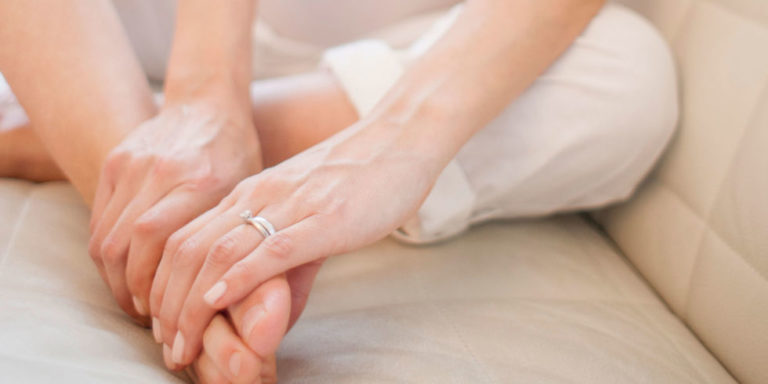Gout is a disease caused by the accumulation of microscopic crystals of uric acid in the joints that cause arthritis.
Occasionally, these crystals form bulging accumulations (tophi) under the skin that can be felt or deposited in the urinary tract, causing nephritic colic or other alterations in the functioning of these organs. In fact, almost 20 percent of patients affected by gout develop kidney stones.
By sex, gout is 4 times more common in men, especially among middle-aged men, although it also manifests itself in women after menopause.
Causes
The reasons why this disease develops can be:
- Increases in uric acid in the blood.
- Arterial hypertension.
- Inordinate intake of uric acid precursor foods: seafood, for example.
- Alcohol abuse.
- To a lesser extent, fatigue and emotional stress.
The constant destruction and cells formation, as well as the intake of certain foods, produce a certain amount of uric acid in the blood that the organism eliminates thanks to the excretory function of the kidneys. When this does not happen, the level of uric acid increases abnormally, which translates into crystals that are deposited in the joints, leading to episodes of acute pain.
Symptom
Among the signs of acute gout are:
- Initially, only one or several joints are affected. These are usually, most often, the big toe, knee or ankle.
- This gout attack may disappear within a few days but may return from time to time.
- Generally speaking, pain usually occurs at night and is characterized by being oppressive and even unbearable.
- The affected joint is hot and flushed (inflamed) and is usually tender and swollen.
- Fever may occur.
After the first attack of gout, the symptoms usually disappear, but many people who suffer from this disease may have another attack in the next 6 or 12 months.
Prevention
It is possible that the disease cannot be prevented, although the factors that trigger the symptoms can be avoided.
Taking medicines to reduce uric acid can prevent the progression of this disease. It is advisable to drink plenty of fluids (avoiding alcoholic beverages) and eat a diet rich in cereals, starches, and vegetables, compared to purines that can be found in seafood, red meat, and bluefish. A low daily dose of colchicine can prevent attacks or, at least, reduce their frequency.
Diagnosis
To diagnose the disease, the specialist will ask about the symptoms and if the patient has a family history of gout.
In addition, tests to determine uric acid concentrations in blood should be performed if the joint fluid contains crystals of that acid (the specialist will take a sample of fluid from an inflamed joint) and a thorough monitoring of the patients will be carried out who present episodes of arthritis in a discontinuous manner.
Treatments
The most urgent thing is pain relief, for which Medicine has non-steroidal anti-inflammatories, such as ibuprofen, indomethacin or, more frequently, colchicine. It may also be convenient to immobilize the joint.
Corticosteroids may also be effective in relieving pain, and pain usually disappears after 12 hours of starting treatment. In most cases, the pain disappears after 48 hours.

